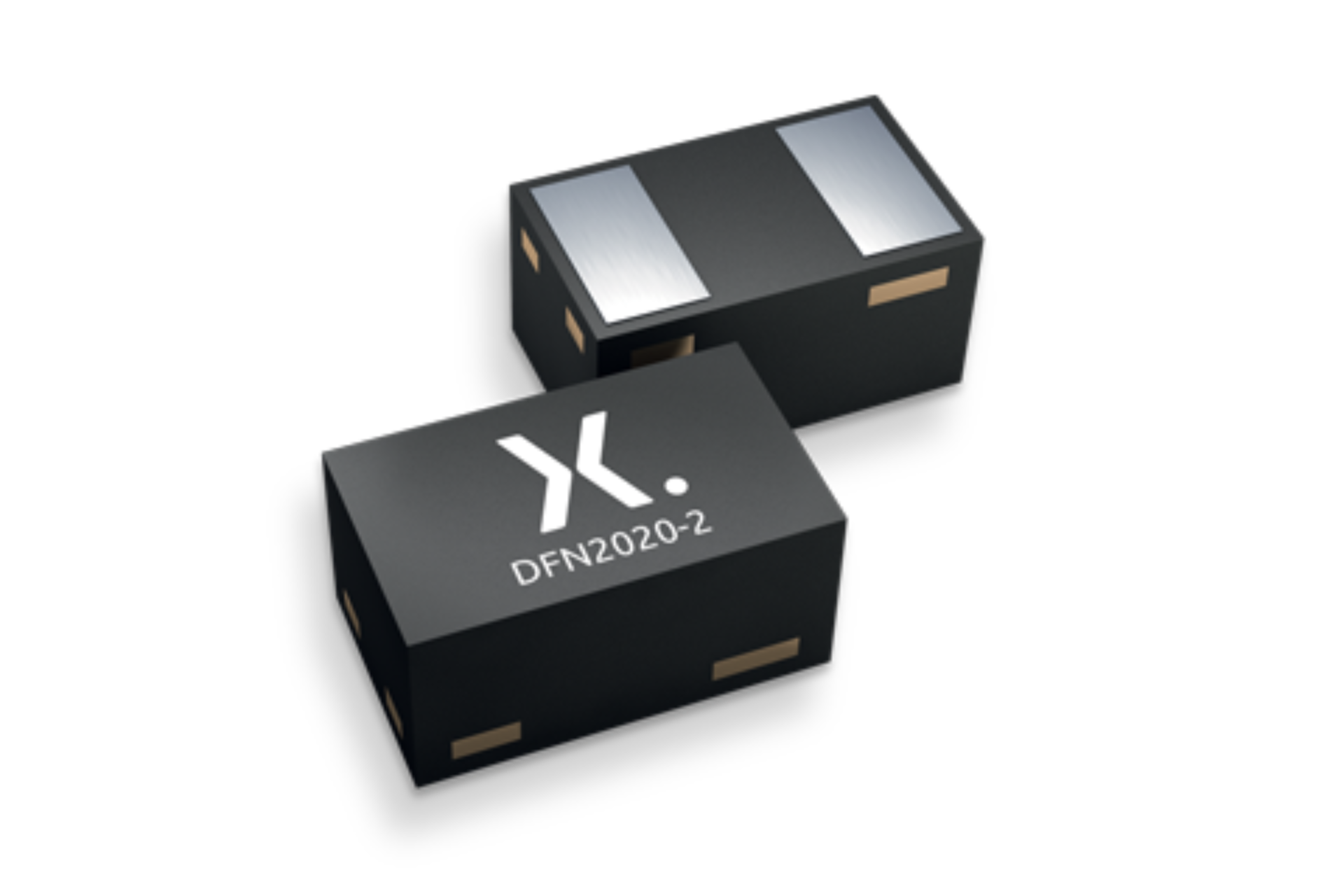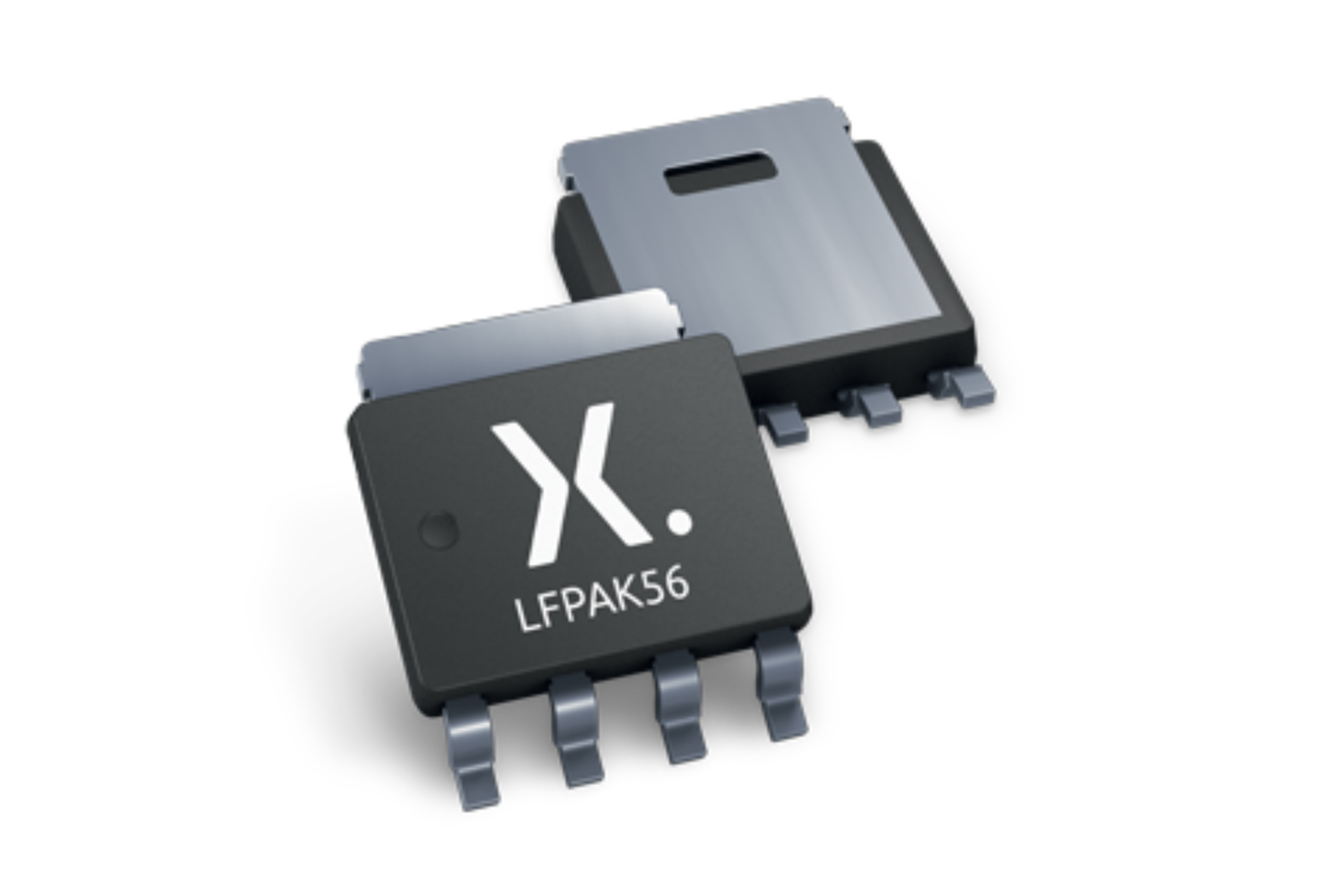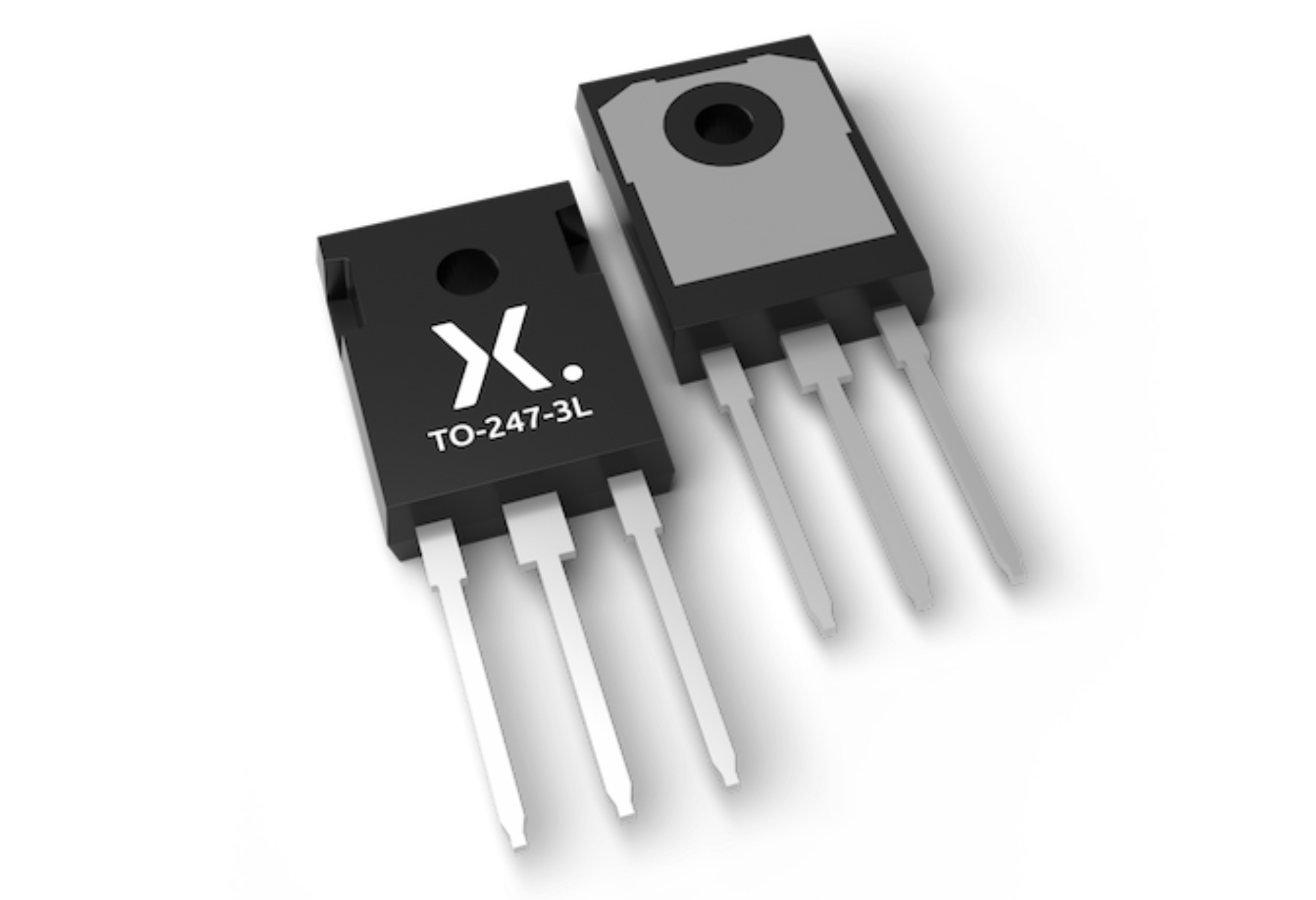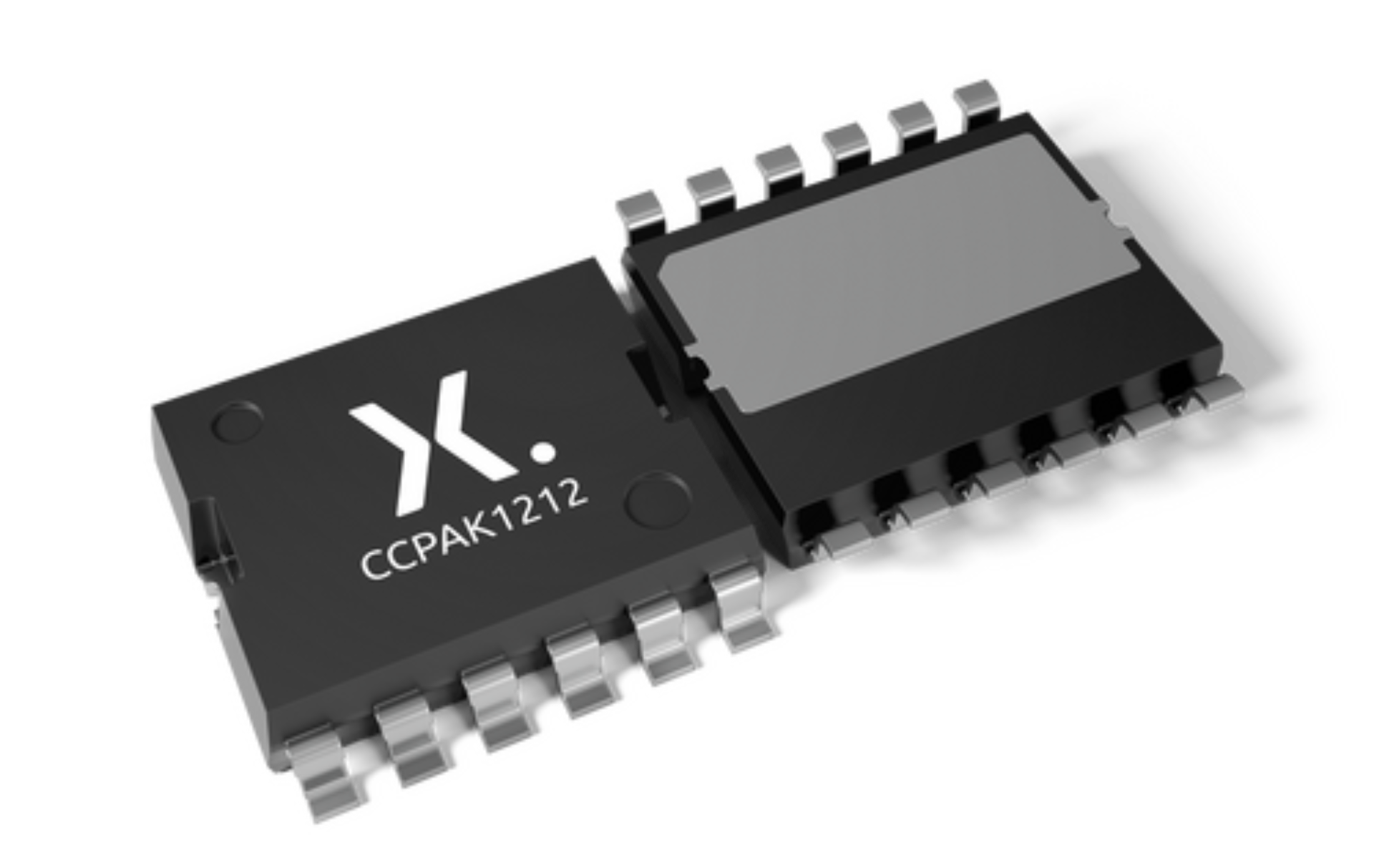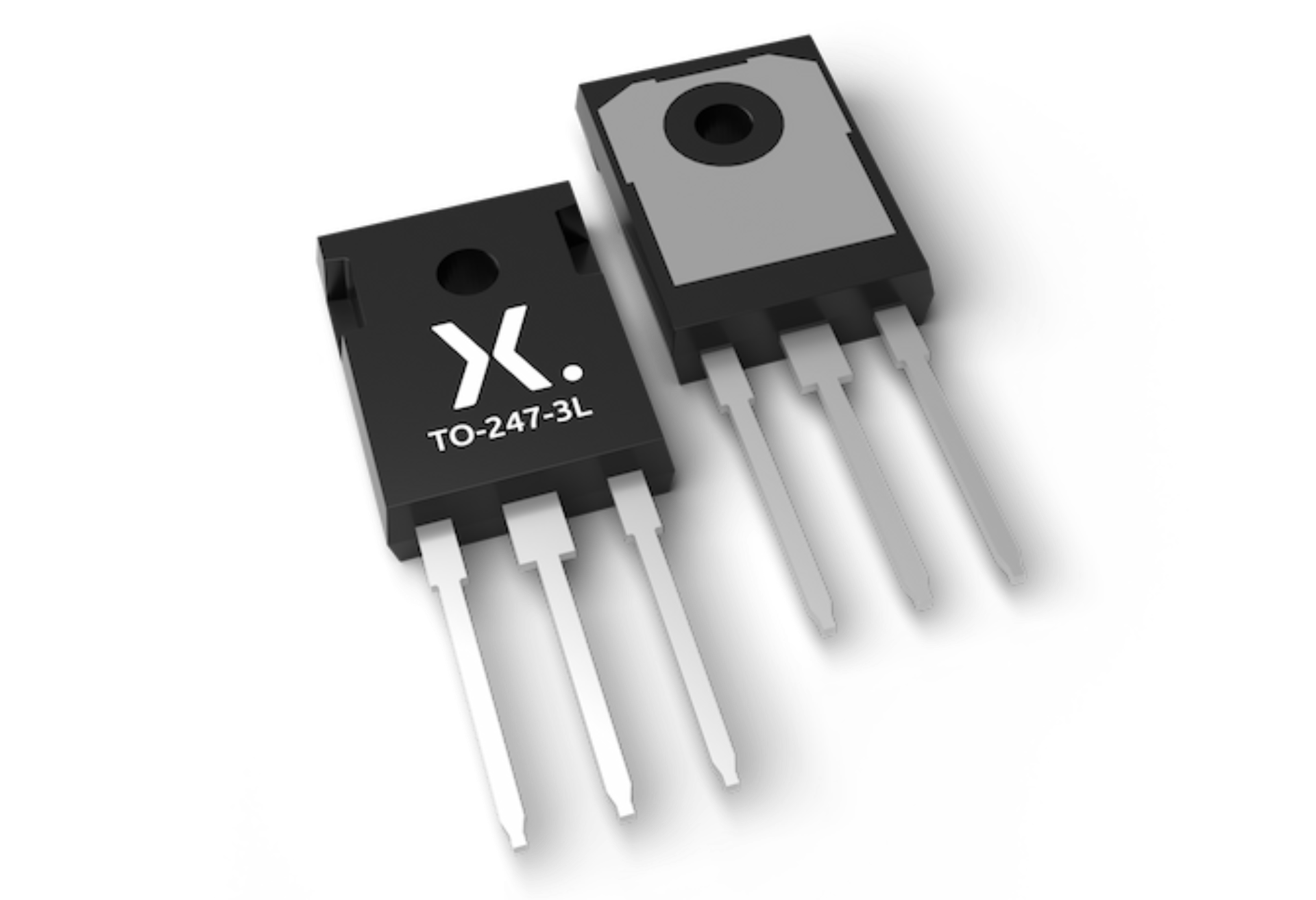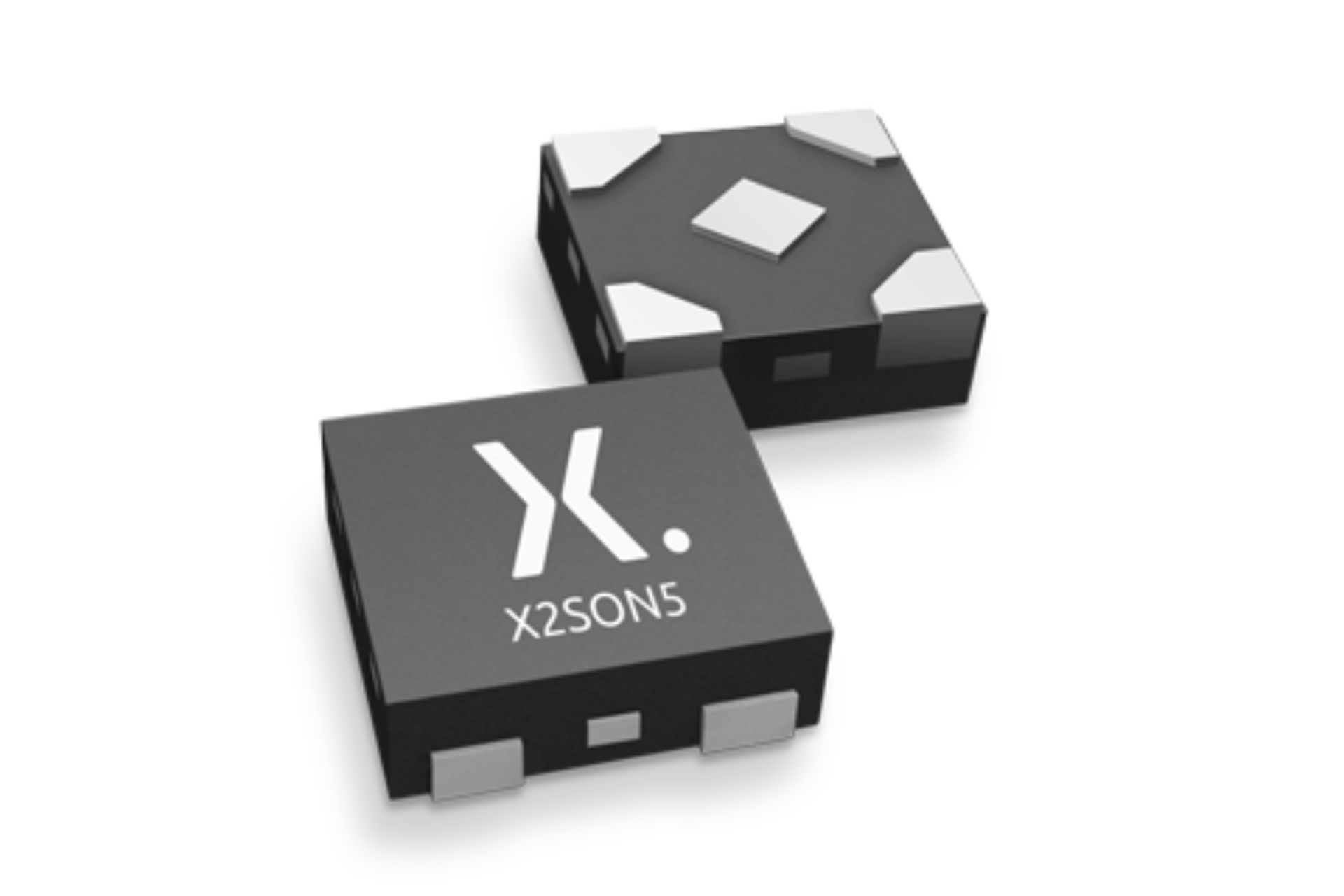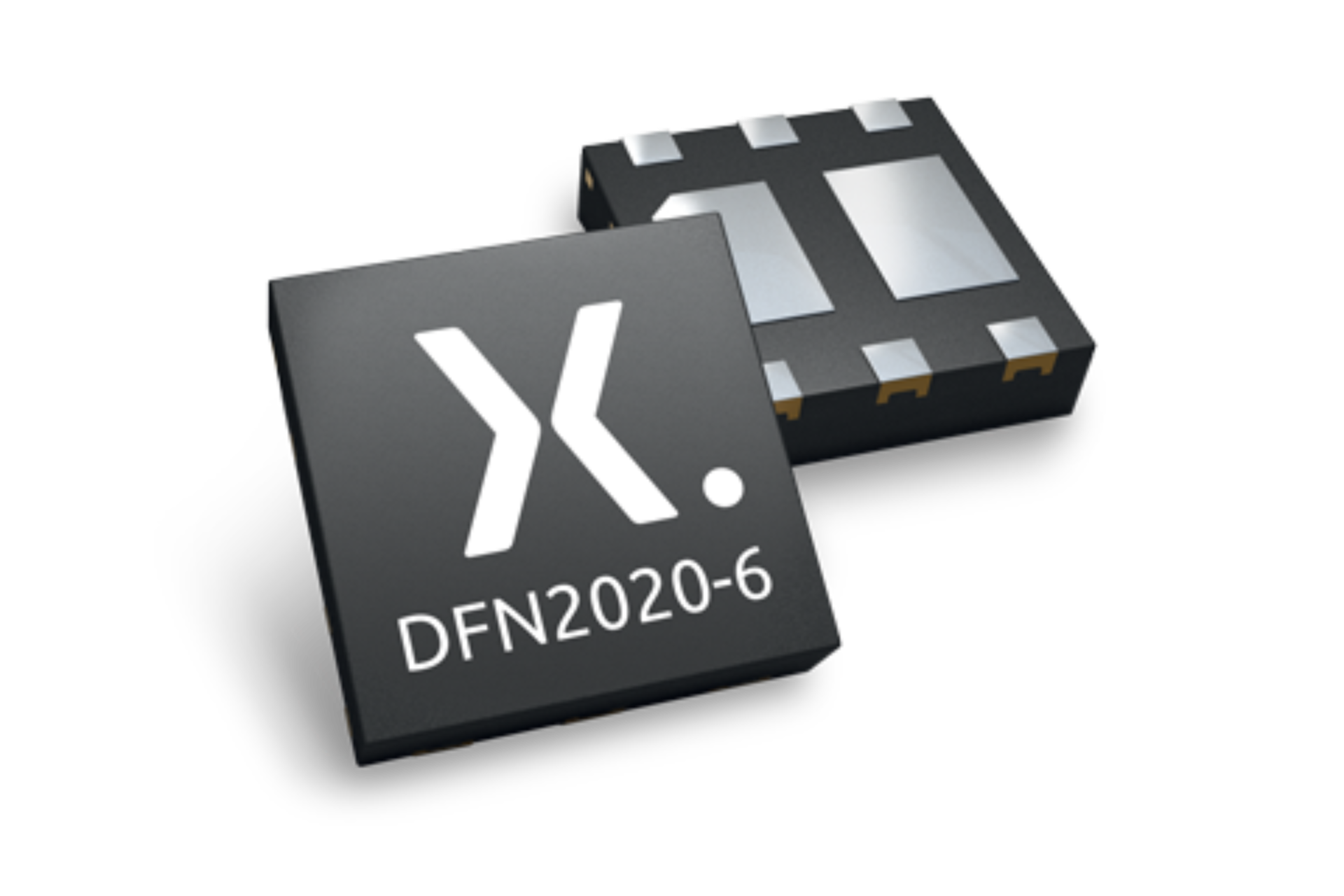
Register once, drag and drop ECAD models into your CAD tool and speed up your design.
Click here for more informationBUK100-50GL
PowerMOS transistor Logic level TOPFET
Monolithic temperature and overload protected logic level power MOSFET in a 3 pin plastic envelope, intended as a general purpose switch for automotive systems and other applications.
Features and benefits
- Vertical power DMOS output stage
- Low on-state resistance
- Overload protection against over temperature
- Overload protection against short circuit load
- Latched overload protection reset by input
- 5 V input level
- Low threshold voltage also allows 5 V control
- Control of power MOSFET and supply of overload protection circuits derived from input
- ESD protection on input pin
- Overvoltage clamping for turn off of inductive loads
Applications
General controller for driving
- lamps
- motors
- solenoids
- heaters
封装
下表中的所有产品型号均已停产 。
| 型号 | 可订购的器件编号,(订购码(12NC)) | 状态 | 标示 | 封装 | 外形图 | 回流焊/波峰焊 | 包装 |
|---|---|---|---|---|---|---|---|
| BUK100‑50GL | BUK100‑50GL,127 (934020680127) |
Obsolete | BUK100 50GL P**XXYY AZ Batch No. | no package information | |||
文档 (5)
| 文件名称 | 标题 | 类型 | 日期 |
|---|---|---|---|
| AN10874_ZH | LFPAK MOSFET thermal design guide, Chinese version | Application note | 2020-04-30 |
| AN11113_ZH | LFPAK MOSFET thermal design guide - Part 2 | Application note | 2020-04-30 |
| AN11156 | Using Power MOSFET Zth Curves | Application note | 2025-10-21 |
| AN11160 | Designing RC Snubbers | Application note | 2025-09-10 |
| AN11261 | RC Thermal Models | Application note | 2025-09-10 |
Longevity
The Nexperia Longevity Program is aimed to provide our customers information from time to time about the expected time that our products can be ordered. The NLP is reviewed and updated regularly by our Executive Management Team. View our longevity program here.
模型
No documents available
How does it work?
The interactive datasheets are based on the Nexperia MOSFET precision electrothermal models. With our interactive datasheets you can simply specify your own conditions interactively. Start by changing the values of the conditions. You can do this by using the sliders in the condition fields. By dragging the sliders you will see how the MOSFET will perform at the new conditions set.


